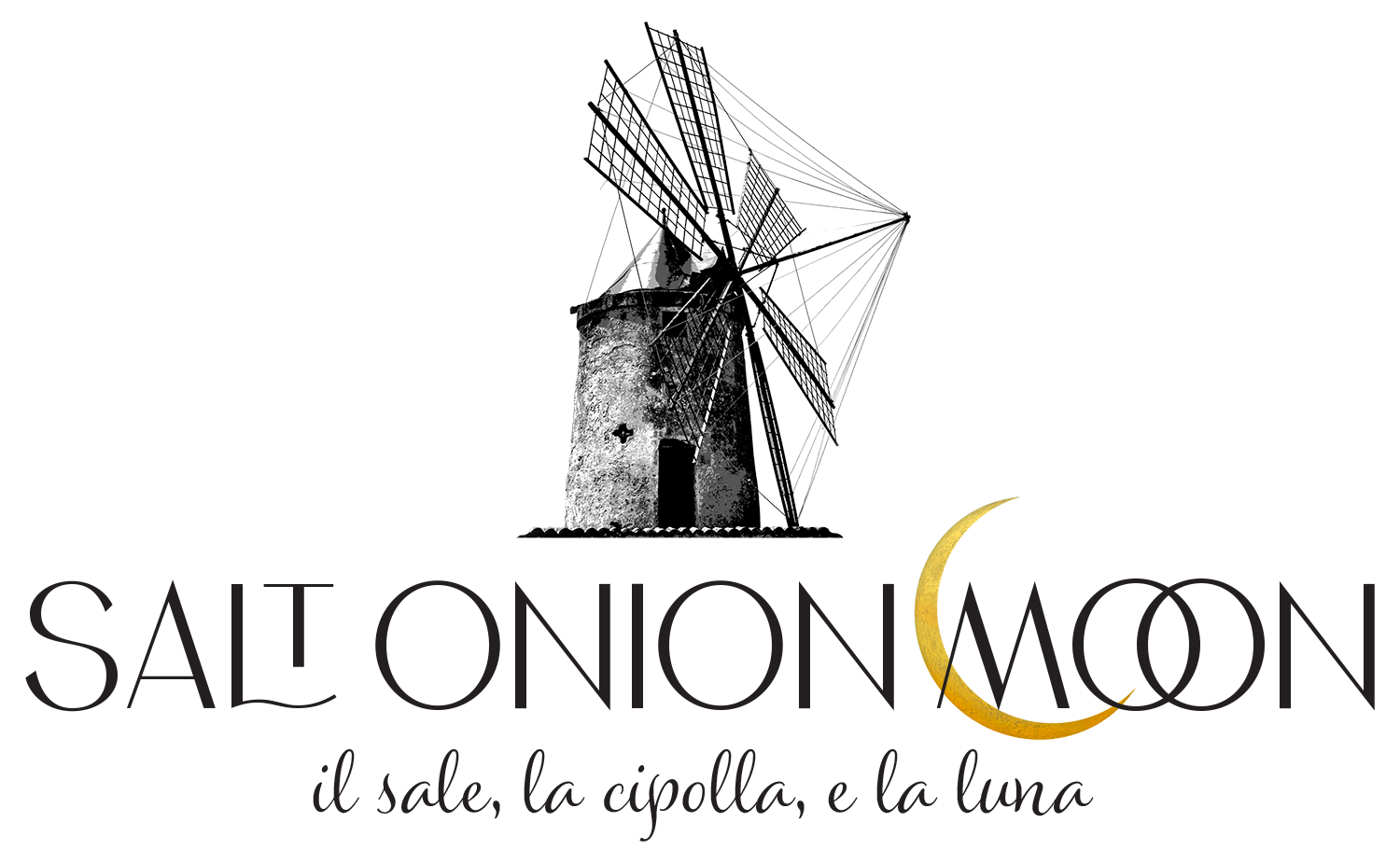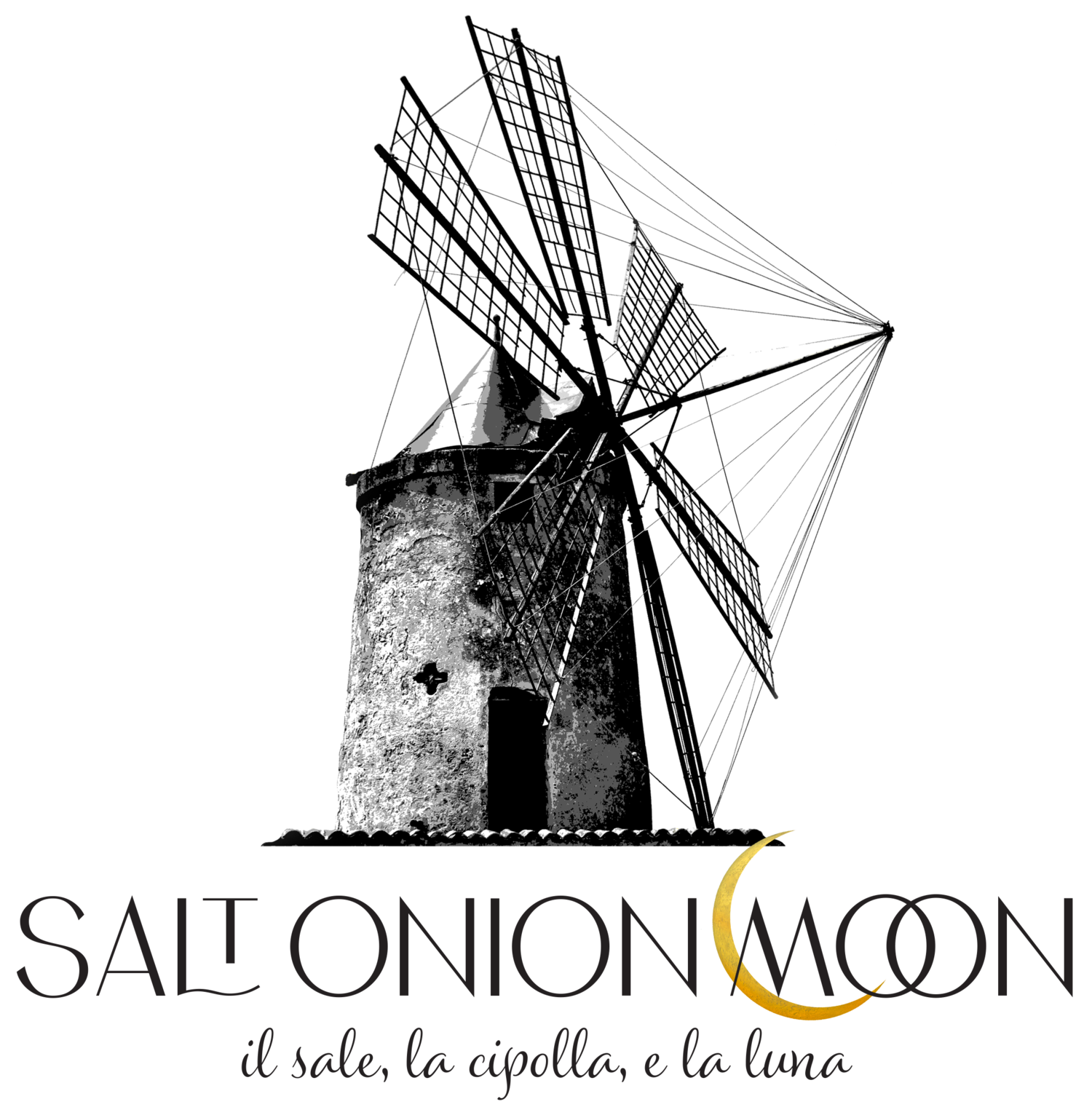A Roma, Con Amore

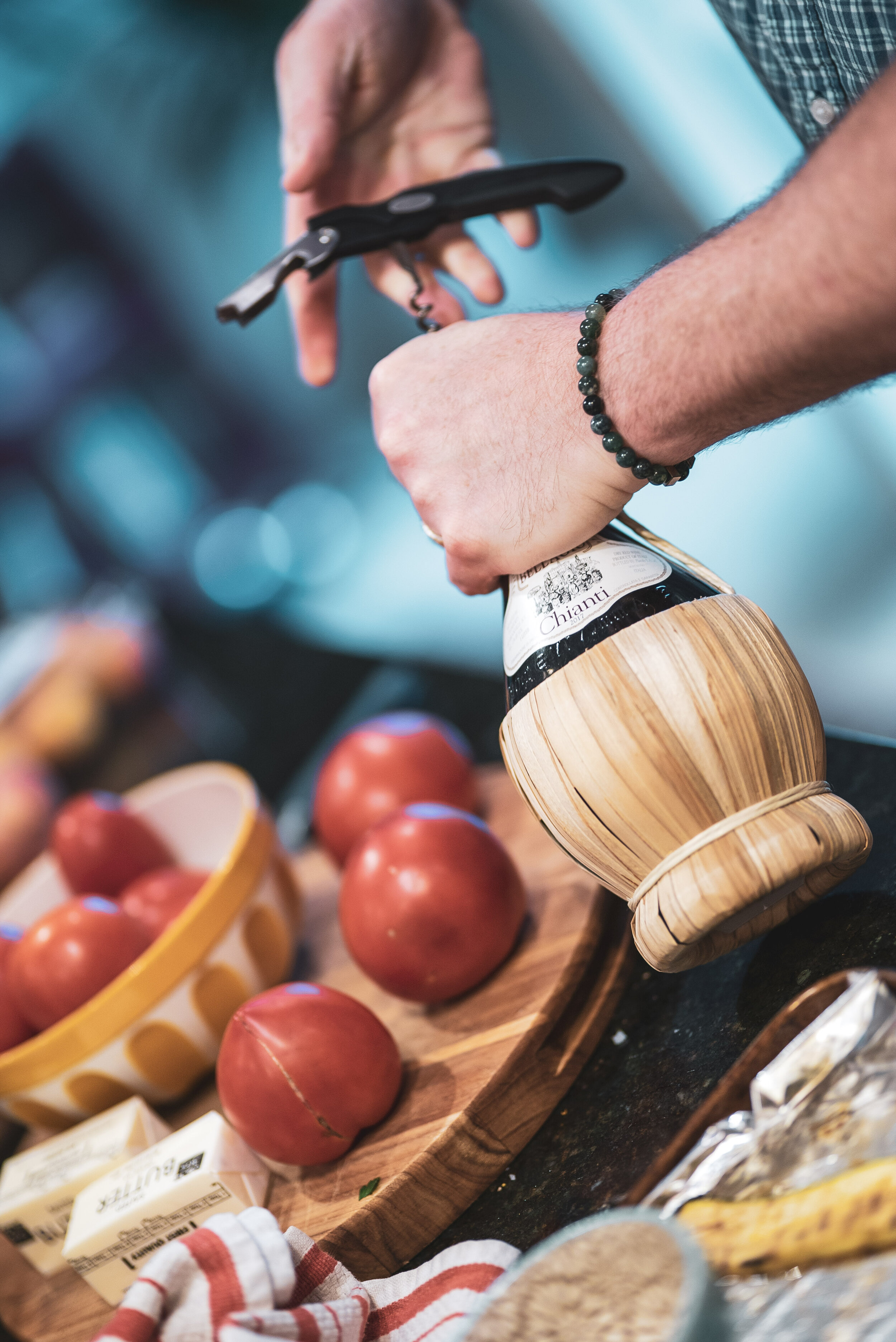
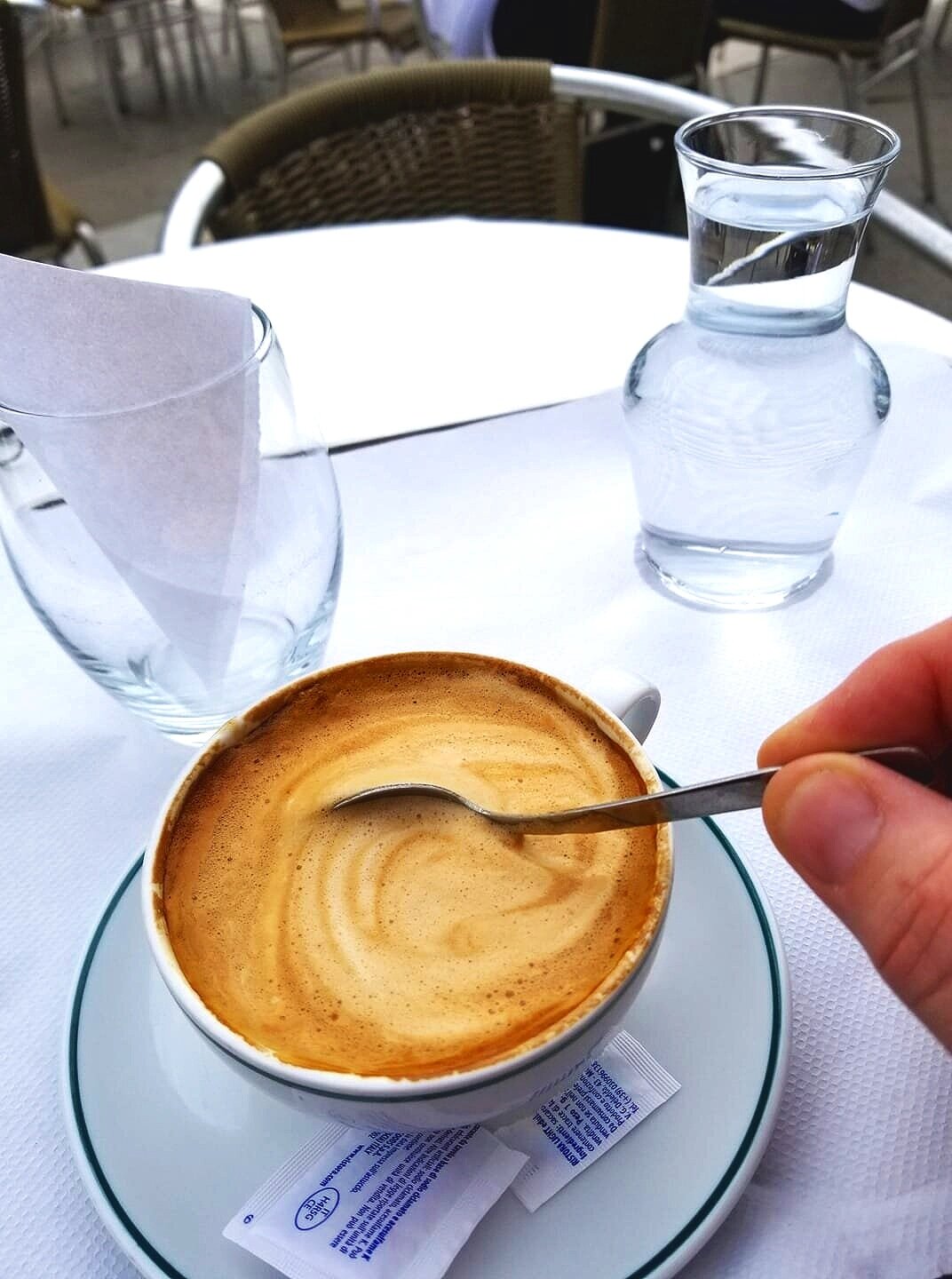
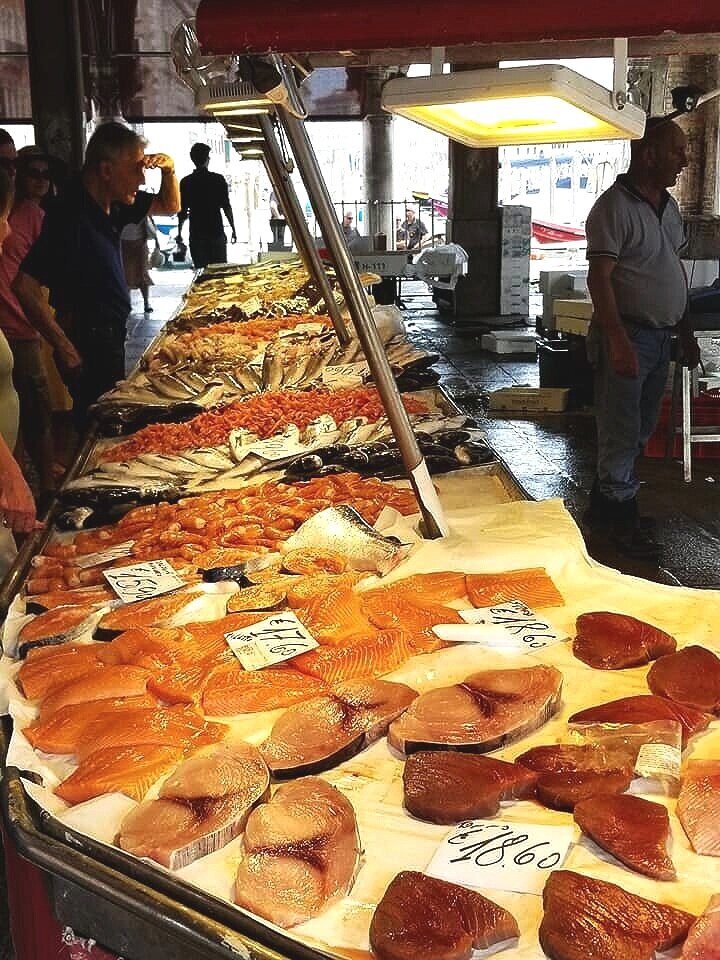
Produtti Italiani. Italian Products. This is one of mine and my tummy’s favorite subjects. We are going to talk a lot about them in many future posts. They live at the core of Italian cuisine. The Eternal City of Rome seems to have the lion’s share of all of them.
There are certain basic precepts that we need to understand about many of them. Certain ones of this prestigious group are finished. Complete. They are artisan products to be used alone or as enhancements to the simplicity of Italian cooking. On some occasions we apply heat to some of these finished products. But even then, the heat is very controlled and deliberate.
For example, gentle warmth is often applied to make the product become more alive.
Such is the case of the lardo from Firenze or the Mortadella con Pistacchi from Bologna. Simply by pillowing them on top of warm pizza biancha makes the lardo weep causing it to release tears of fat that are enough to make the Lacryma Christi metaphorically and metaphysically flow from Gesù and splash into your glass.
Either way, you are making Jesus weep with a taste of it. Indelible. In the case of the warmed lardo, it is almost otherworldly.
I know I sound dramatic. Don’t take my word for it. Go to Rome. Visit the incredibly talented master pizzaiolo and taste maker Gabriele Bonci. He has a tiny shop behind the Vatican just east of the Prati neighborhood called Pizzarium. Get the pizza biancha con la mortadella and humus. You will taste what I am talking about. Get there before the shop opens. There will be no place to sit except 4 chairs and a window ledge. My dear friends Frances and Mary and I put our pizza boxes on the trash cans outside and used them as makeshift tables. This is not usually how I like to dine. But with this guy and this pizza?
Believe me, you would have done the same.
Then there is the case of cheese.
There are many melty and delicious Italian alpine cheeses, for example, that can unctuously ooze their way into a grilled cheese sandwich.
The Undisputed King of Cheeses, as a certain former celebrity chef used to say, Parmigiano Reggiano is different. Depending on it’s age, 12-36 months, its personality changes. It is such a precious commodity in Italy that Credem Bank, or Credem Emiliano, takes the wheels as collateral storing them in vaults against the balance of what you might owe. Check out this article from Forbes describing these transactions.
You may have tasted the “experienced” and quite delicious stravecchio, or three year version of the cheese, and found what many call flavor crystals under your teeth and on your tongue. These are tyrosine and calcium lactate crystals. Tyrosine or as it’s called by its scientific name 4-hydroxyphenylalanine (say that ten times fast) is one of twenty, standard amino acids. These crystals occur as the cheese grows older. They are not as preponderant in the younger, 12 month or giovane versions. These crystals are badges of honor for the Parmigiano-Reggiano cheese maker.
Let’s compare. A decent wedge of this cheese may cost the average American about $12 give or take size. That’s expensive when you can walk down the aisle and grab the cellulose flavored kind in the green shaker for $2.99.
Even with all the standing on end, bleached haired, broh-y, cooking shows telling you to branch out into “flavortown”, the American palate knows what it wants and what it doesn’t. And it better smell and cost “American”.
“Stick with the tried and true and the Red, White and Blue!” (I’ll give you that one for free, Don Draper.) So, green shaker cheese with cellulose it is. When in Rome…
Marketers know this. They have done the marketing and they think they know that you prefer softer, smoother, and yes, c-h-e-a-p-e-r cheeses. And so the preponderance of such processed cheesiness is what you will find in your local grocery store. The artisan stuff is there, but limited and it comes at a price.
If you were in Italy, Germany, England, France or quite frankly, anywhere else in the world, you would find an artisanal product instead an industrial one at a much cheaper price.
What do they know that we we do not?
Well amici, they seem to know the value of knowledge and quality. They know that artisanal traditions passed down through hundreds of years are worth something. What is its worth you might ask? Peace of mind and an understanding that you cannot watch a YouTube channel for an hour to become a master Formaggiere.
There are many health risks and dangers associated with novice cheese makers. If you do not have the proper training, you are a potential health risk. Cheese making is a master skill set and mastery is well earned and cultured with time and apprenticeship.
Regarding time… look at it this way.
The Undisputed King of Cheeses, Parmigiano-Reggiano, has been around for approximately 900 years. You read that right: nine, double-zero years. That’s 788,400,000 hours. That’s seven hundred and eighty-eight million four hundred thousand hours. I think it is safe to say that the Italians have mastered this by now.
What, still not a believer? How about this: ain’t nobody died of a case of Parmigiano-Reggiano, Tyrosine overdose yet… just sayin’.
I have over-eaten my share of cheese much to the chagrin of judgy onlookers. While I am no poster child for restraint, I must respectively say, that I will continue to try to eat with restraint even if it is an attempt in vain. I was that child who got this hand slapped reaching for the second doughnut. But friends, I shall keep trying and I shall keep enjoying because life is simply too damn short to let anyone tell you how much cheese you should eat.
“Everybody is over-reacting,” Mrs. Child said. “If fear of food continues, it will be the death of gastronomy in the United States. Fortunately, the French don’t suffer from the same hysteria we do.”
As Julia Child used to say about butter and cream and their use in particular dishes, “It’s not a dish for every day,” and, this is a gross paraphrase, “we only fear butter and cream because we lack the constitution to control it”.
I believe Julia. We cannot control fat in our diets and so we denigrate it to back up to our fears and irrationality. “I know I’m allergic… I can’t have fat… That stuff’ll kill ‘ya….” You know the song.
Just stop it. As my brother Rob says, “Don’t harsh my buzz mellow.”
(steps down from the podium)
Back to cooking and heating up finished products: specifically The King of Cheeses.
The most important rule when cooking pasta with this cheese is this: we must always take the pasta off the heat to add Parmigiano-Reggiano.
If not simply out of respect for its delicate nature, then instead for its molecular structure which is so balletically held together. It will separate if heated too roughly or quickly. It is not mozzarella or fontina. You do not want strings in your pasta. And if you do, well, that’s your business. But be warned. The fat separates from the proteins and you are left with ungodly and flavorless, coagulated milk strings with a side of water. You do not want to murder the harmony of flavor and knowledge that has been afforded by 900 years, do you? Omigosh, please say you don’t…
“Don’t harsh my buzz mellow...”
Rispetto. Respect must be paid to a thing that has survived so long. Its mere historic presence speaks to the intimacy of the moment and to the art of sharing such a loving event as a meal. There is not another cuisine on the planet, in my extremely biased opinion, that does so much in the moment with its simplicity. It is not coerced but is born of the balance and the alchemy of a time forever ago. A time when necessity required bold steps for preservation and people instinctively knew how to address the land.
Italy represents that symbiotic relationship between the land and humankind at the most profound level. With judicious use of time and the warmth and the knowledge imparted only by their hands, the humanity and love that you taste is as palpable as the terre that brought it to you. And it is that same terre that was worked by generations of people who toiled to understand how to sing in harmony with it.
Of course, I have a story… about Rome and about the harmonics of food.
The Coloseo winking at the hot, summer sky
Kim and I love to travel together. Our second big trip across the pond we ever took was to Rome and to Venice. On one of our first evenings in Rome, we had just recovered from walking the barren streets of Borgo Pio just outside the Vatican where we were staying and thought we would take her mom, who was also traveling with us, out for a meal.
As we left our little sweaty apartment for our evening adventure, we walked out the front door expecting to see the same little, barren, cobblestone street only to find that the street had been completely transformed into a beautiful esplanade complete with dogs and children playing ball in the street.
We found that all these little ristoranti had burst open and lovingly arranged chairs and tables along the street itself. As it was strictly for pedestrians, we just slowly and mouthwateringly made our way down the now brightly lit street to see candlelight dinners and festive incandescent faery lights blinking on colorful umbrellas all along its perimeter. We stopped at the one that looked the prettiest and sat down.
The oculus of the Pantheon
The menu was not extensive, but it made fantastic use of the Roman style of cooking. My favorite page was the one marked Contorni.
Not at all like an American menu with a choice of potato or green beans or mac ‘n cheese, it was an ode to every vegetable and potato either cooked, au gratin-ed or sautéed or crudo topped with ocean flavors, and the gently smooth and lip-smacking palate orgasm known as olio extra vergine di oliva. This particular golden liquid tasted of spicy flowers and fresh cut grass. I ordered a plate of grilled vegetables and then ordered a side of sautéed chicory in lemon, garlic and olive oil.
And wine.
A glass of chianti with the little black rooster with the words “gallo nero dal 1716” on it. I didn’t care who made it as long as it came from that black rooster. The tears of sangiovese that wept into my glass this night turned out to be intense and spiritually profound. The wine had a mellow astringency that made the fruit and flowers waft playfully on my tongue like tart cherries and violets. I sighed at the harmony of it. I took the deepest breath of relief as I thought I could just hear the faint musica universalis. I had tasted my spiritual home and I knew it.
No, I’m not drunk as I write this though that’s not a bad idea. I am deadly serious. Dramatic? Maybe. But still deadly serious.
This was Kim’s first trip to Rome, and so she got some tagliatelle tossed in a gorgonzola sauce. This simple, sexy and lusciously velvet on the tongue plate of incredible was perfectly “to the tooth” or al dente. At the edge of awe, she started taking photos of the meal. “Why did I wait so long to come here? This pasta is unbelievable. Each bite so textured… so simple.. so balanced...”
Harmony in the land of Italian opera is hardly unheard of. Having the facility to put harmony on a plate so you can savor it on your tongue, well, that is much harder. And yet there it was, a fantastic omen on our first day together in the Eternal City.
If you are ever in a place and you seem to hear the music of the spheres, may I suggest you keep going back there for more? In a world filled with instant gratification, electronic conversations, irritability and “alternative facts” there is something comforting, exciting and truly romantic about the mysticism of a place like Rome.
Especially if divinity speaks to you saying,
“ Welcome home.”
Borgo Pio, Rome
